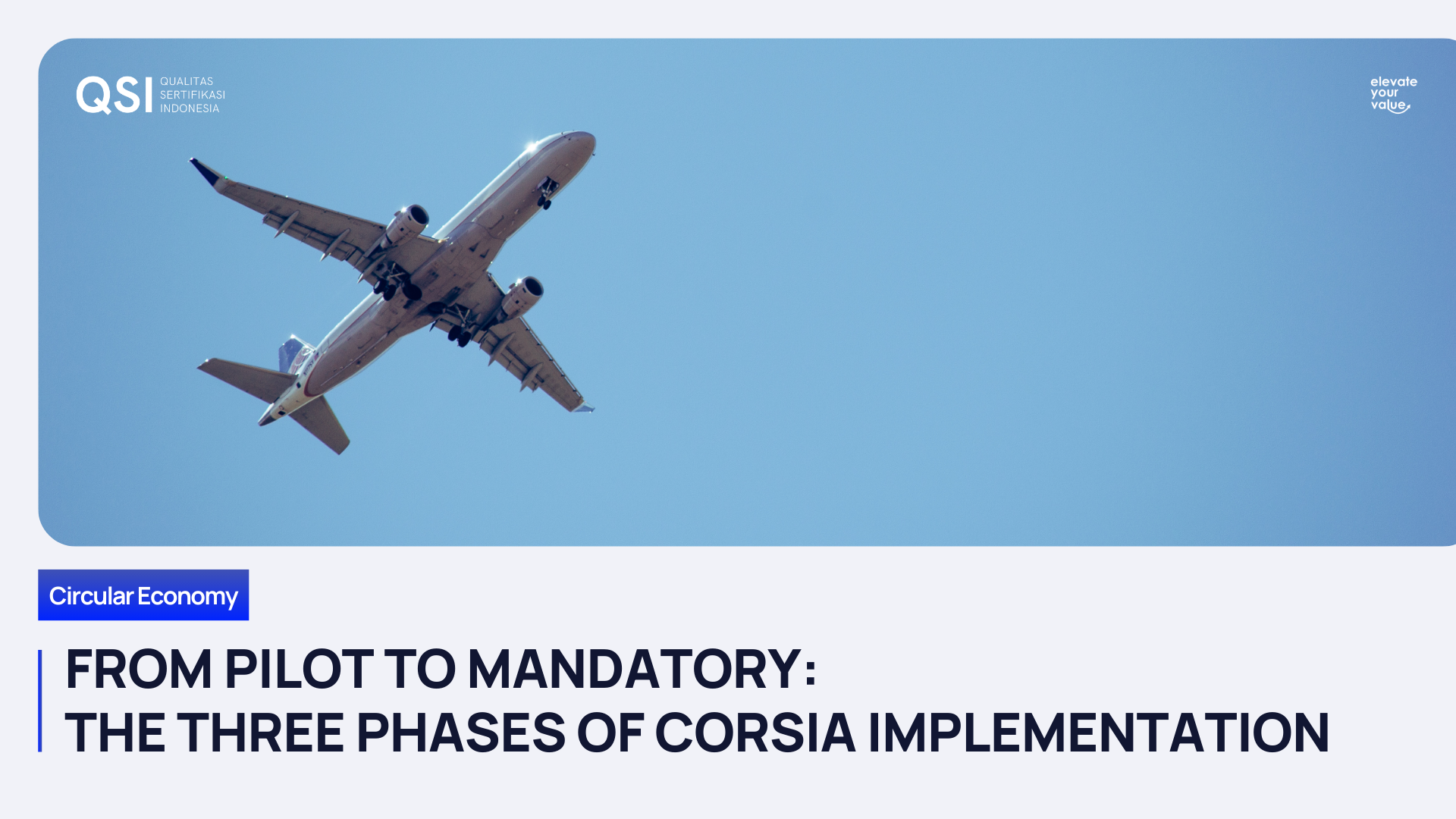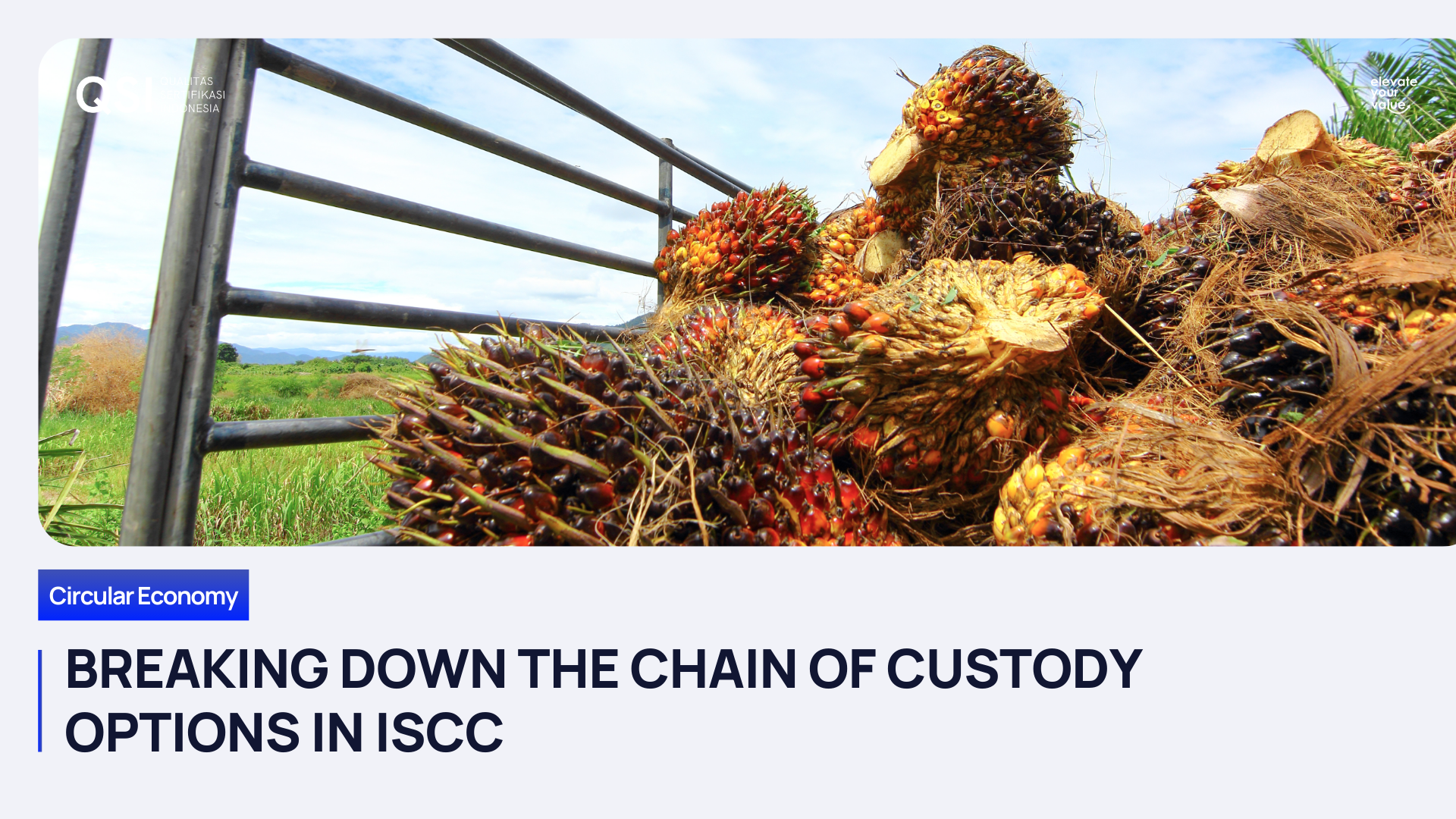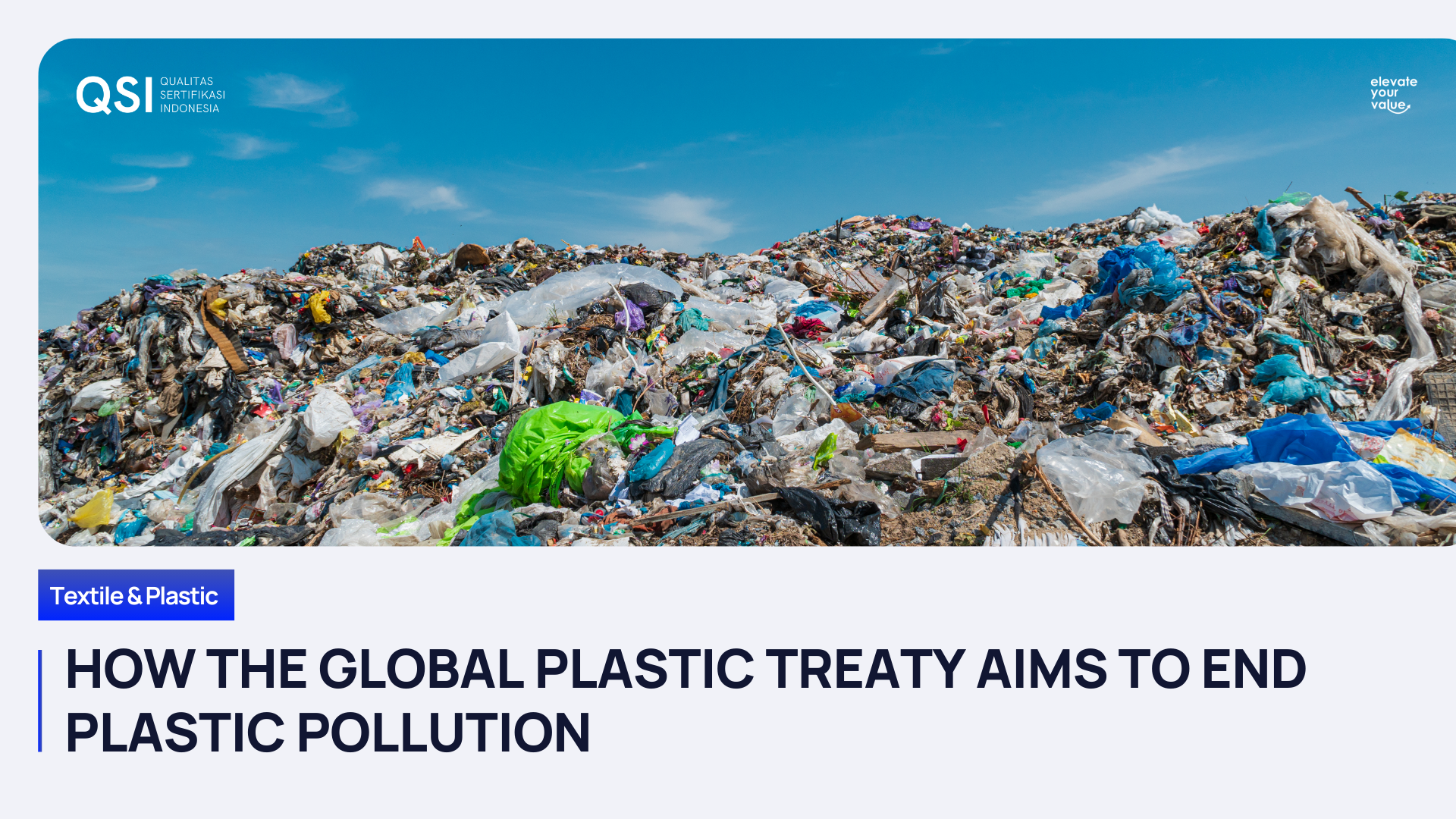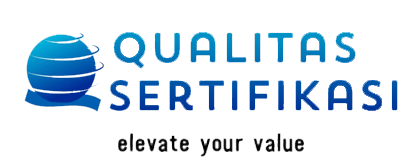ISCC CORSIA, Cara Industri Penerbangan Kurangi Emisi Karbon

Industri penerbangan merupakan salah satu transportasi yang berkembang pesat digemari banyak pihak, mengingat efisiensi waktu yang dimiliki jika dibandingkan dengan jalur darat maupun air. Namun demikian, sama seperti transportasi lainnya, pesawat juga menyumbang jejak atau emisi karbon yang berdampak pada perubahan iklim di dunia.
Dalam laporan Anggaran Karbon Global yang disampaikan selama KTT Iklim COP 27 PBB 11 November kemarin, disebutkan emisi karbon dioksida fosil naik satu persen pada 2022, yang mana merupakan titik tertinggi sepanjang masa. Kembalinya penerbangan setelah sempat terhenti selama pandemi Covid-19 disebut-sebut menyumbang kenaikan emisi dari minyak tersebut.

Untuk mengatasi hal tersebut, International Sustainability & Carbon Certification (ISCC) mengadopsi standar internasional untuk mengurangi emisi CO2 penerbangan, yang dikembangkan oleh International Civil Aviation Organization (ICAO), bernama CORSIA (International Standard for Certification of Carbon Offsets). Standar internasional ini ditetapkan dengan tujuan membantu industri penerbangan memenuhi target dalam mengurangi emisi karbonnya.
Adapun standar tersebut telah disepakati pada awal tahun 2021. CORSIA menawarkan cara untuk mengurangi emisi dari penerbangan internasional, meminimalkan distorsi pasar, sembari menghormati keadaan khusus dan kemampuan masing-masing Negara Anggota ICAO.
Target CORSIA dalam mengurangi emisi karbon
Sektor penerbangan Internasional di bawah naungan ICAO mengeluarkan target pencapaian ‘Carbon Neutral Growth’ pada 2021. Target jangka panjang yang ditetapkan pada 2050 adalah tercapainya penurunan emisi sebesar 50 persen di bawah level emisi tahun 2005. CORSIA juga berupaya mengimbangi jumlah emisi CO2 yang tidak dapat dikurangi melalui penggunaan teknologi, peningkatan operasional, serta memanfaatkan bahan bakar penerbangan yang berkelanjutan dengan unit emisi dari pasar karbon.
Strategi dan upaya yang dilakukan
Berdasarkan timeline yang telah ditetapkan oleh ICAO ada dua tahap yang disiapkan dalam penerapan standard ini, yaitu voluntary dan mandatory. Untuk tahap sukarela dibagi menjadi dua fase, yaitu Pilot Phase pada tahun 2021-203 dan selanjutnya First Phase pada tahun 2024 – 2026. Fase mandatory sendiri diberlakukan pada tahun 2027-2035. Di tahap ini, setiap negara anggota ICAO wajib menerapkan standard ini kecuali pulau-pulau kecil, negara-negara paling tidak berkembang, negara-negara maju yang terkurung daratan, maupun negara dengan kurang dari 0,5% lalu lintas udara internasional pada tahun 2018. Meski demikian, jika negara-negara tersebut ingin mengadopsi standar CORSIA ini secara sukarela akan tetap diterima.
ICAO juga menyebut bahan bakar penerbangan berkelanjutan (SAF) dipercaya memiliki potensi dalam menurunkan emisi gas rumah kaca secara substansial. Dibandingkan dengan tindakan lain seperti peningkatan operasional atau teknologi pesawat yang lebih ramah lingkungan, SAF memainkan peran yang jauh lebih besar dalam mengurangi emisi penerbangan internasional. Karena alasan tersebut, penerapan SAF dalam skala besar penting untuk mencapai target ambisius CORSIA.
Selain itu, bahan bakar penerbangan rendah karbon (LCAF) juga menjadi salah satu cara dalam memproduksi bahan bakar fosil dengan jejak karbon yang lebih rendah. Di antaranya adalah dengan penangkapan, pemanfaatan dan penyimpanan karbon serta penggunaan energi terbarukan di kilang minyak.
Untuk dua teknologi ini, penting untuk memverifikasi kepatuhan terhadap kriteria keberlanjutan, baik yang sifatnya sukarela ataupun wajib. CORSIA SAF dan CORSIA LCAF didefinisikan dalam Lampiran 16, Vol IV (Standar dan Praktik yang Direkomendasikan ICAO) sebagai bahan bakar yang memenuhi syarat CORSIA yang memenuhi kriteria keberlanjutan CORSIA dan dapat digunakan oleh operator penerbangan untuk mengurangi persyaratan penyeimbangan.
Kriteria bahan bakar sesuai syarat ICAO
Adapun jenis bahan bakar yang memenuhi syarat CORSIA harus menghasilkan emisi karbon lebih rendah berdasarkan siklus hidup, serta tidak dibuat dari biomassa yang diperoleh dari lahan dengan stok karbon tinggi. Beberapa kriteria keberlanjutan lebih lanjut sedang dibahas di ICAO, seperti:
- Air, tanah dan udara
- Konservasi
- Limbah dan bahan kimia
- Hak asasi manusia dan tenaga kerja
- Hak pakai tanah dan penggunaan tanah
- Hak guna air
- Pembangunan lokal dan sosial
- Ketahanan pangan
Lebih lanjut, dari ISCC sendiri tidak hanya menetapkan syarat-syarat di atas untuk mendapat bukti kelayakan. Ada sejumlah persyaratan lain yang ditetapkan, yang memperhatikan sejumlah kriteria keberlanjutan tambahan. Syarat yang dimaksud adalah:
- Budidaya yang bertanggung jawab terhadap lingkungan, perlindungan tanah, air dan udara;
- Penerapan Good Agricultural Practices (GAP);
- Kondisi kerja yang aman, mis. pelatihan yang memadai untuk meminimalkan risiko kesehatan dan keselamatan;
- Perlindungan hak asasi manusia, tenaga kerja dan tanah, mis. kontrak yang adil dan pengaturan pertanian.
Saat ini, PT Qualitas Sertifikasi Indonesia merupakan salah satu perusahaan sustainable certification yang menyediakan layanan sertifikasi ISCC CORSIA. Untuk informasi lebih lanjut seputar sertifikasi ISCC CORSIA maupun sertifikasi ISCC lainnya, bisa langsung mengunjungi
link berikut ya!







